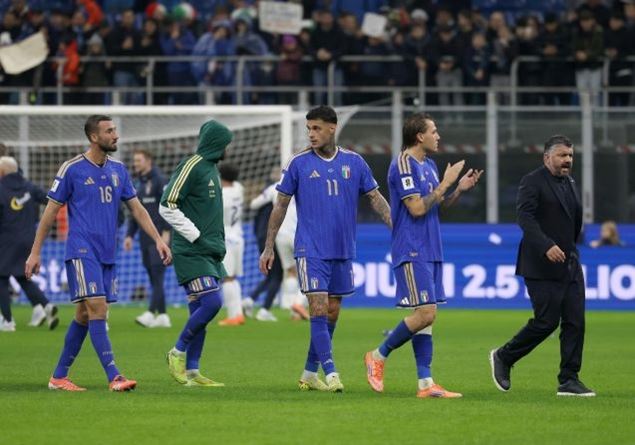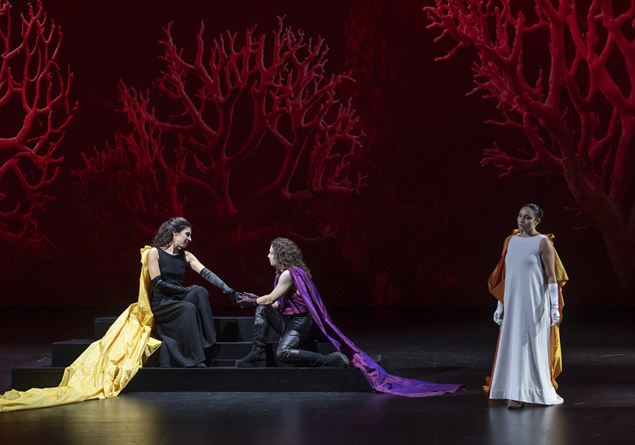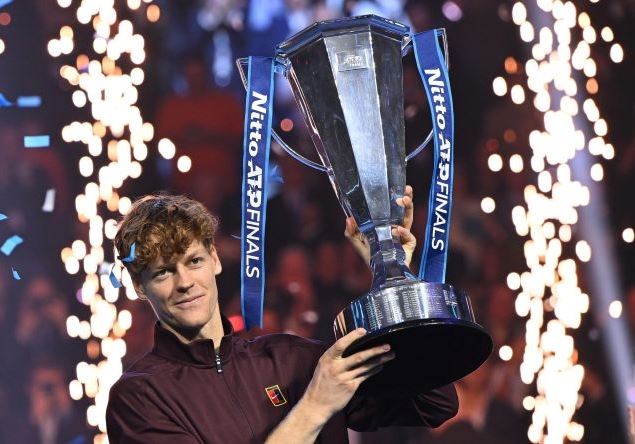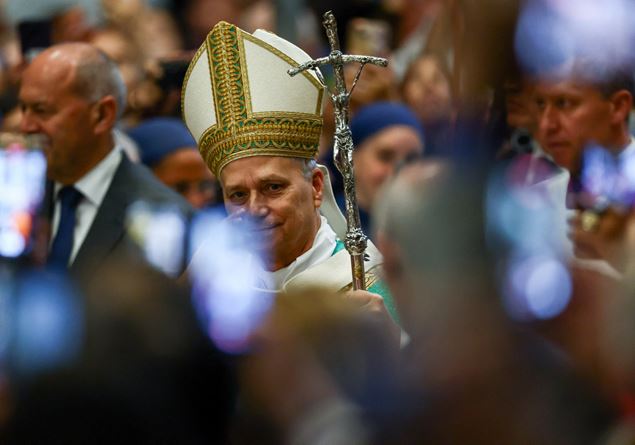Italy’s football team hasn’t been to the World Cup for eleven years and is in danger of staying at home for another round. It would be wrong as well as ungenerous to point out Rino Gattuso as responsible for taking charge of the last mile of a relay that has Wile’s stick of dynamite in place of the baton. E. Coyote. The crisis of talent and technique in Italian football starts from afar and in the end is done with what there is.
Eleven years is the time in which, by rebuilding itself from scratch starting from the coaches and structures of the youth sector, men’s tennis emerged from 30 years of talent crisis, which in all probability was there before but was lost along the way.
What we have to ask ourselves is not, if not to a limited extent, what Gattuso can do to take us to the World Cup by overcoming the gauntlet of two consecutive play-off matches at the end of next March, but what football as a system, and its Federation, could and should have done to rethink itself and try to resolve the crisis of results and replenish the national team’s limited squad.
You could call it a talent crisis, but it is unlikely that, given that football is still the sport most played by kids, it won’t find the same percentage of basic quality in the mix as other, less practiced sports. There must be a training problem somewhere in the chain: It is probable that there are as many talents as in other disciplines, but that something goes wrong at a certain point along the way, that talent is not recognized when it exists or that some obstacle in the organisation, at a technical or other level, at a certain point prevents it from maturing and developing.
We ask ourselves: has the Federation found the time since 2014, the date of the last World Cup, to study and question ourselves in a less than empirical way in search of what doesn’t work in the youth sector, in the method of those called to train it, in the model that is applied to it?
Certainly we can no longer be satisfied with the explanation that has been recurring for decades according to which the problem, which is evidently above all a lack of technique, lies in the fact that we no longer play on dusty streets. We haven’t played on the streets in Europe for too long, but they’re not all in as bad a situation as us, and nothing would prevent them from working more or better on their technique on the combed fields of football schools.
Evidently something doesn’t add up in the quantity or quality or method reserved for this component.
It is clear that no one can plan Erling Halaand, just as Jannik Sinner and Carlos Alcaraz cannot be scheduled, but perhaps something can be done to improve the average. Perhaps the time has come to stop looking at the short term of the next result – in this case to qualification which, even if it arrived, would not solve the problem – and to lift our gaze and plan further ahead, in the long term.
But we need the courage to change, at the cost of shuffling the cards, of shaking the status quo, of displeasing those who have settled into it. Tennis, volleyball, athletics have demonstrated that they know how to do it: when will what defines itself as a major sport find the humility to go and see if in those models, which until yesterday it not without arrogance called minors, there is some idea that can be adapted to the ball, not to slavishly import it to understand if there is something useful to learn?










